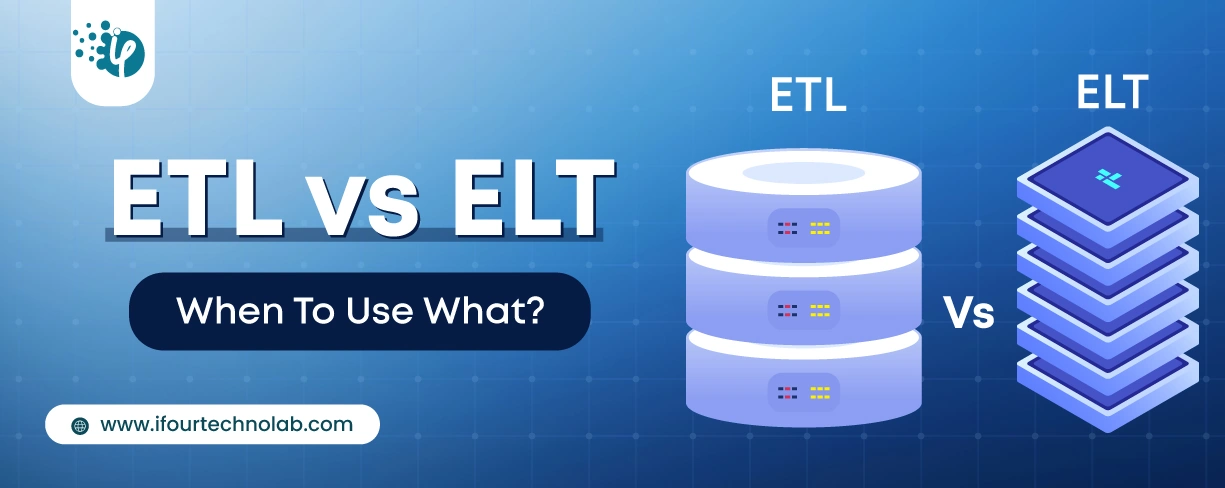How to Do Forecasting in Power BI (Steps & Accuracy Metrics)
Remember our last guide - Power BI forecasting? It revealed things that truly blocks accuracy, both structural and situational. Now it's time to take the next step. Knowing Power...
Listening is fun too.
Straighten your back and cherish with coffee - PLAY !

Today, we can easily get all details from internet and store the all details in a server, therefore, if we don’t get any security then there would be high chance to lost information or Unauthorized system to modify or steal the data. Authentication is the process to manage the program structure, user has the right privileges to access the particular page to which the user has privileges.
An Authentication is a process of check a valid user or not. Check the real identity of each user, it is process is the Act of confirming something that it claims to be. For example login criteria.
API key that allows user for particular services.
When you get API services in a limited number of domains and strict API.
Enacting a CORS Policy would provide future protection because it is restricted access to some authorized entities.
Limitation of IP WhiteListing:
Static IP address: Address doesn’t change
Dynamic IP address: Address can be change
API: API key is a term of authentication through the key and provides access some private data and you have to maintain the key.
CORS(Cross-Origin-Resource-Sharing): is used to limit the HTTP request types and restricted access for resource depend on the domain.
IP WhiteListing: When you have to grant a network and you have a limited number of IP addresses, each approved user shares their home IP addresses with the network administrator. When they enter the IP address the IP whitelisting that grant network access
OAuth: is a process of a way to provide services to access other resources.
For example when you signup for your Github account. Commonly show in a screen as Sign up with Github or Signup with Facebook and you can directly login with Facebook
That means you do not need to required username or password for the login you authorized to access your information
OAuth is implemented behind authentication services.
How to work OAuth: one service offers the user to integrate with another service. If accepted, the service sends user information to another service and asks has any user registered with this email. It has a user with the same email and they have implemented OAuth.
We can assume that this authorization request is valid.
OpenID Connect: this allows the client to verify the identity of the end-user.
npm install --save react-OpenID connect
import React, { Component } from 'react';
import Authenticate from 'react-openidconnect';
import OidcSettings from './oidcsettings';
class App extends Component {
constructor(props) {
super(props);
this.userLoaded = this.userLoaded.bind(this);
this.userUnLoaded = this.userUnLoaded.bind(this);
this.state = { user: undefined };
}
userLoaded(user) {
if (user)
this.setState({ "user": user });
}
userUnLoaded() {
this.setState({ "user": undefined });
}
NotAuthenticated() {
returnYou are not authenticated, please click here to authenticate.;
}
render() {
return (
If you see this you are authenticated.
)
}
}
export default App;
provide the below properties:
var OidcSettings = {
authority: 'https://****/identity',
client_id: 'myclientid',
redirect_uri: 'https://localhost:9090/',
response_type: 'id_token token',
scope: 'openid profile roles',
post_logout_redirect_uri: 'https://localhost:9090/'
};
Mandatory: first you have to development environment running Node.js recommend version 10.22.0 and npm version 6.14.6 you have to install this on mac OS
Follow the steps:
First you have to create react project
Check npm run successfully or not
Node -ve
if you see the version name that means your node installed successfully
npx create-react-app project_name
cd project_name
npm start
if you want to provide some style so you can add manually css in app.css file
Mycss.css
App-header {
background-color: gray;
padding: 10px;
min-height: 100vh;
display: flex;
flex-direction: column;
align-items: center;
justify-content: center;
font-size: calc(10px + 2vmin);
color: white;
}
Every time you have to add the packages as per your project requirement
When your project run successfully on the localhost
Open the App.js file
import logo from './logo.svg';
import './App.css';
function App() {
return (

Edit src/App.js and save to reload.
Learn React
);
}
export default App;
function App() {
return (
HEllO MY REACT APP
);
}
export default App;
Now create a login page
you have to install the package
$ npm install react-router-dom
After installing the package you see the output like that
+ arereact-router-dom@5.2.0
added 13 packages, and audited 1974 packages in 6s
you have to create two components called which is act as private, user cant access the page until they log in successfully.
Create directory
mkdir src/components/Dashboard
mkdir src/components/Login
import React from 'react';
export default function Dashboard() {
return(Dashboard
);
}
Save the file
Same code for login component
import React from 'react';
export default function Login() {
return(Login page
);
}
Open App.css file and import both component
import React from 'react';
import './App.css';
import Dashboard from '../Dashboard/Dashboard';
import Login from '../Login/Login';
function App() {
return (
<>
);
}
export default App;
now you have to import Route,Switch BrowserRoute
npm install react-router-dom:
import React from 'react';
import './App.css';
import { BrowserRouter, Route, Switch } from 'react-router-dom';
import Dashboard from '../Dashboard/Dashboard';
import Login from '../Login/Login';
function App() {
return (Application
);
}
export default App;
if you run the project http://localhost:3001/dashboard
you can see the dashboard page but still, there is no security, dashboard page show after successful login for the security we have to render the page.
Follow the steps :
We have to create a new directory for the login component
mkdir src/component /login_success
Open login page directory in a text editor
Create a login form
import React from 'react';
export default function Login() {
return(
)
}
Open the App.js file
import React, { useState } from 'react';
import { BrowserRouter, Route, Switch } from 'react-router-dom';
import './App.css';
import Dashboard from '../Dashboard/Dashboard';
import LoginPage from '../Loginpage/Loginpage';
import Login from '../Login/Login';
function App() {
const [token, setToken] = useState();
if(!token) {
return
}
return (Application
);
}
export default App;
Have you try to run the project you can still visit the dashboard page that means the token has not yet been set
now you have to call the local API from your login page and render the component after you successfully retrieve the token.
npm install --save-dev express cors
you have to open a new file called server.js but remember that do not add this file to the src/ directory
$ nano server.js
Import express in the server.js
const express = require('express');
const cors = require('cors')
const app = express();
app.use(cors());
app.use('/login', (req, res) => {
res.send({
token: 'test123'
});
});
app.listen(8080, () => console.log('API is running on http://localhost:8080/login'));
you have to set the tokens and set the props as per above the code
import React, { useState } from 'react';
import PropTypes from 'prop-types';
import './Login.css';
async function loginUser(credentials) {
return fetch('http://localhost:8080/login', {
method: 'POST',
headers: {
'Content-Type': 'application/json'
},
body: JSON.stringify(credentials)
})
.then(data => data.json())
}
export default function Login({ setToken }) {
const [username, setUserName] = useState();
const [password, setPassword] = useState();
const handleSubmit = async e => {
e.preventDefault();
const token = await loginUser({
username,
password
});
setToken(token);
}
return(Please Log In
)
}
Login.propTypes = {
setToken: PropTypes.func.isRequired
};
When you run the project you will create a successful login
Authentication is an indispensable requirement for many applications. Authentication is all about security concern. But if you focus on the validate data passing rendering of data entity at the right time, it becomes a lightweight process.

Remember our last guide - Power BI forecasting? It revealed things that truly blocks accuracy, both structural and situational. Now it's time to take the next step. Knowing Power...

It's amazing to see how Data teams today are racing ahead - moving from traditional warehouses to cloud-native platforms, lakehouses, and real-time architectures. But in this rush,...

Think about the last time CTOs spent most of their time fixing old systems. Updates were slow, servers were expensive, and adding new features took time. Now, things have changed....